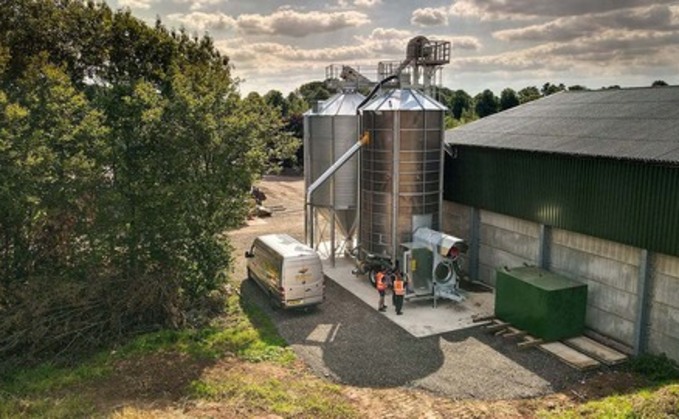
Many grain dryers have lain idle this year, but not everyone enjoyed a sub-15% harvest and the next wet summer may not be far away. With fuel prices looking unlikely to fall far, Martin Rickatson seeks...

Many grain dryers have lain idle this year, but not everyone enjoyed a sub-15% harvest and the next wet summer may not be far away. With fuel prices looking unlikely to fall far, Martin Rickatson seeks...

NEW POTTINGER HIT 6M TEDDERS & TOP TWIN ROTOR

POTTINGER TEDDERS

NEW Malone 840 6 Rotor Tedder (8.4m)